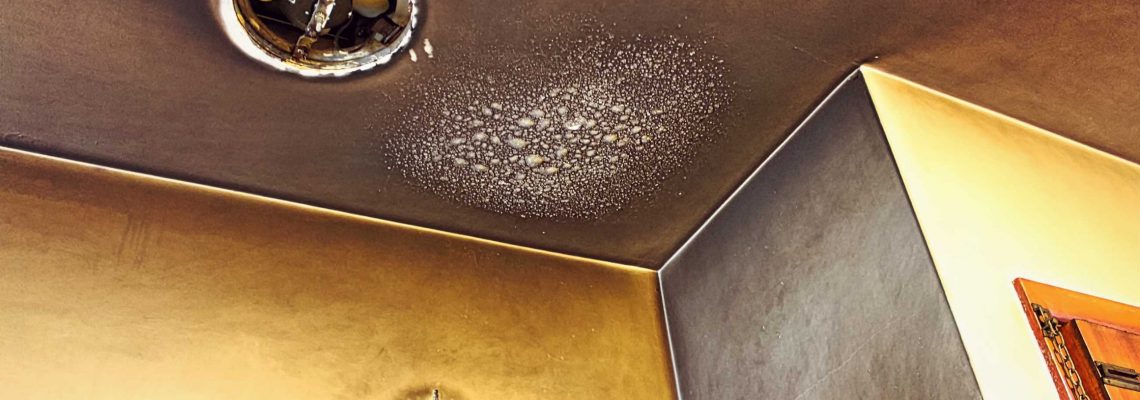Even if a house fire is small and contained in the kitchen, being quickly extinguished, the smell can still permeate throughout the whole house. House fires are all unique, and that means they each have their own individual characteristics along with challenges. There are a number of variables, including the source of the fire, how fast the combustion occurs, and the design of the building.
What’s left after the fire are Products of Incomplete Combustion, and those are the soot and residues that weren’t consumed by the fire. The amount of soot, where it’s located, and how much it has gotten into materials in the building can be impacted by a few factors and it’s why house fires vary so much in smoke and fire damage in Springfield Missouri. You need to make sure you work with a fire restoration company that doesn’t have a one size fits all approach to tackling your unique problem.
The Impact of Heat
The higher the heat is during the fire, the higher the rate of combustion. This usually leads to more oxygen during the fire. Considered a dry fire, these types of fires will burn more thoroughly, creating more dry soot. This soot is often easier to remove, as it can be collected with dry removal techniques like vacuuming the area. However, even surfaces that should be easy to clean may be more difficult due to the permeation of residues and odors.
Air Circulation Moves Soot
The heat in a room will move toward colder areas in an attempt to equalize the atmosphere. Even if the HVAC system is not turned on, the smoke and soot will move throughout the building. This can cause residues to get into areas that are usually sealed. Even though an area may be far away from the fire, it can still need to be cleaned and deodorized.
More Oxygen Means More Damage
A closed door can help isolate the fire, and as the fire consumes the materials in the room, it will need more oxygen. If the flame cannot find more oxygen, it will start to get weaker. This creates more Products of Incomplete Combustion that are oil-like and more difficult to remove. This can create a higher concentration of soot in the room as well, creating materials that are more difficult to clean. The result is what is considered a wet fire.
Odors Can Vary
The odors from a house fire can travel, and they can go significantly further than the soot may go. The smell may permeate through the entire building, not just the room where the fire is. With burnt popcorn, there isn’t even a fire, and the popcorn is contained in the microwave. Yet, the smell of it can reach the whole home. This means all of the home, including the tiniest spots, will need to be deodorized to get rid of the odors from the house fire, no matter how much smoke and fire damage resulted from the fire.
House fires can vary, depending on a number of factors, so you need to work with a smoke and fire damage restoration company that takes the time to tackle your unique set of challenges. The soot and smell can permeate the home far beyond where the fire occurred, even for small fires.
If you ever experience a fire in your home and require Fire Damage Restoration, call the professionals from PuroClean Certified Restoration to do the job right.


